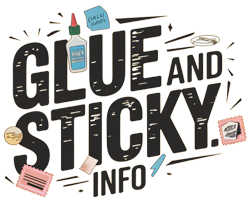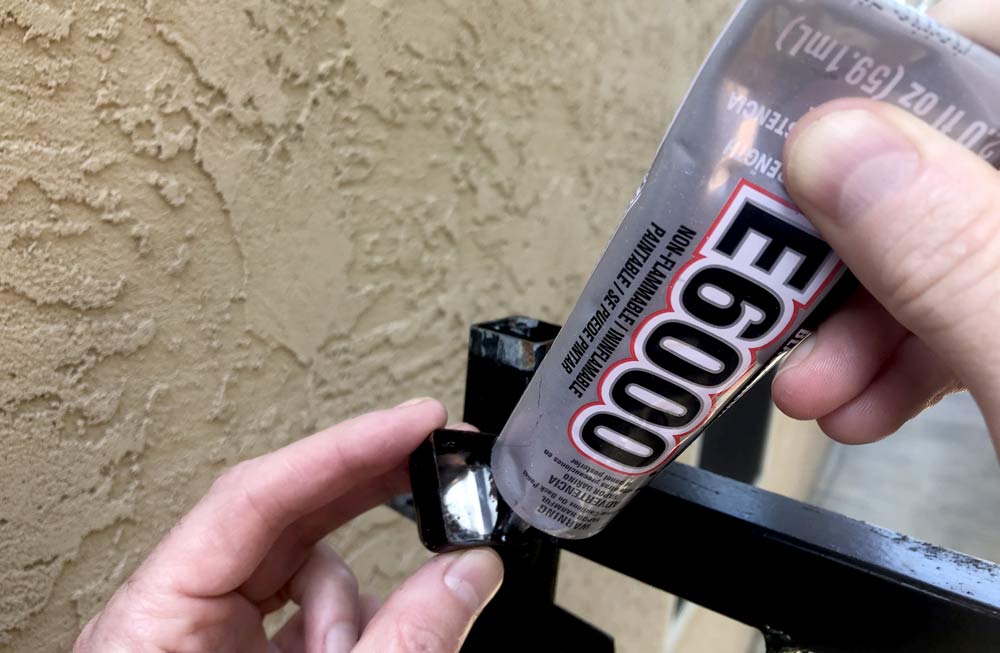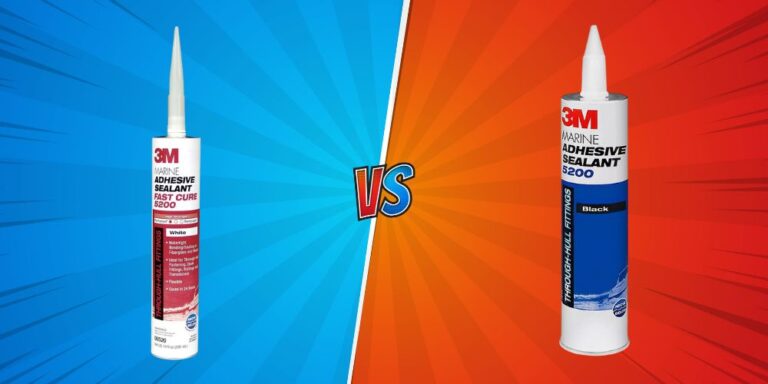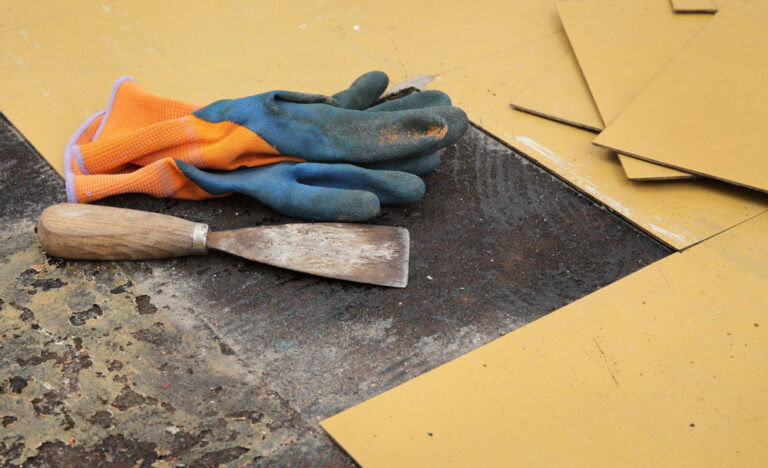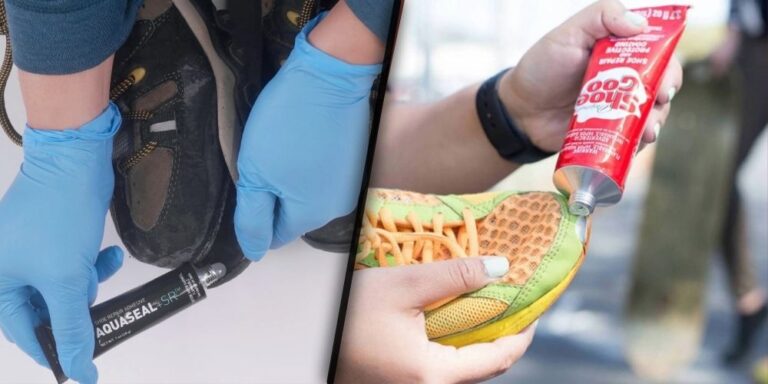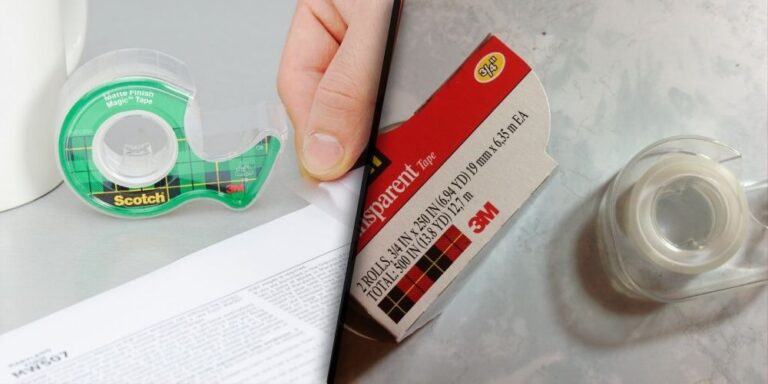Is E6000 Glue Flammable? Safety Guide Explained
Understanding E6000 Glue
Characteristics of E6000
E6000 is formulated to meet high performance industrial requirements and forms a powerful bond with various materials, such as wood, metal, glass, ceramics, and more. It exhibits the following characteristics:
- Flexible Bond: E6000 dries to a rubber-like consistency that remains flexible. This flexibility prevents the adhesive from cracking or breaking under stress, allowing it to move with the adhered material.
- Curing Time: The adhesive starts to become tacky in about 2 minutes, begins setting in roughly 10 minutes, and takes between 24 to 72 hours for a full cure. The exact dry time can be influenced by temperature and humidity.
- Health Risks: Classified as a danger, E6000 can cause skin and eye irritation and is listed as a potential carcinogen. Due to its solvent, tetrachloroethylene, E6000 poses health risks such as nasal anesthetization and depression of the central nervous system. Proper ventilation and usage away from heat sources are recommended to avoid any hazardous reactions (What’s In Products).
Industrial Applications
E6000 is widely used across various industries due to its strong bonding capabilities and durability. It is particularly popular in the following applications:
- Craft and Hobby Projects: E6000 is a go-to adhesive for crafting due to its ease of use and strong bond with materials like wood, fabric, and metal.
- Automotive Repairs: The glue’s flexibility and resistance to vibration make it suitable for various automotive repair tasks.
- Jewelry Making: E6000’s clear drying property and strong adhesion make it ideal for securing gemstones and other components onto jewelry pieces.
- Construction and Home Improvement: The strong, industrial-grade bond provides reliable adhesion for construction materials, making it suitable for repairs and improvements around the home.
For more information on the safe use of E6000 and other adhesives, refer to our guidelines on how to use shoe goo or explore the different types of cement adhesive available. Always prioritize safety by consulting the Material Safety Data Sheet (MSDS) and using proper protective equipment when necessary.
Safety Concerns
Flammability of E6000
Most industrial-strength adhesives, including E6000, have safety considerations. To determine if a glue is flammable, check the product label or manufacturer’s safety data sheet (SDS). For E6000 specifically, it is important to note that it contains solvents like tetrachloroethylene which are not inherently flammable but can be hazardous under certain conditions (Quora). The FAA notes that a “flash point” at or below 140°F (60°C) signifies that it is a flammable liquid, which should not be carried in airline baggage.
Health Risks and Precautions
E6000 glue poses several health risks due to its chemical composition. According to its Safety Data Sheet (SDS), this glue can:
- Cause skin and eye irritation.
- Result in central nervous system depression due to tetrachloroethylene exposure.
- Carry a cancer risk.
It’s recommended to use E6000 with proper ventilation and away from heat sources to avoid any dangerous reactions. Prolonged exposure may require medical surveillance for up to 48 hours.
| Risk | Description | Precaution |
|---|---|---|
| Skin Irritation | Causes irritation upon contact | Use protective gloves |
| Eye Irritation | Can irritate eyes | Wear safety goggles |
| Central Nervous System Depression | Prolonged exposure to fumes | Ensure proper ventilation |
| Cancer Risk | Contains cancer-causing chemicals | Limit exposure, use PPE |
Material Safety Data Sheet (MSDS)
The Material Safety Data Sheet (MSDS) for E6000 provides detailed information about its formulation, hazards, and safety measures:
- Formulation: E6000 is designed to meet high-performance industrial requirements, creating a robust bond with most materials.
- Flexibility: Once cured, it remains flexible and can move with the adhered material.
- Setting Time: Starts to get tacky in about 2 minutes, begins setting in 10 minutes, and fully cures within 24 to 72 hours depending on temperature and humidity.
- Cleanup: Can be cleaned with small amounts of acetone or citrus-based solvents when uncured. Cured E6000 requires cutting and scraping for removal.
For more information on safe handling and usage of glues, visit our guides on how to remove alien tape and how to use shoe goo.
Understanding the flammability and health risks associated with E6000 can ensure safer and more effective usage, whether you are using it for craft, household, or industrial applications.
Working with E6000
Setting Time and Curing Process
E6000 glue is a versatile adhesive that offers strong bonds and waterproof features, making it a popular choice for many applications. Understanding its setting time and curing process is crucial for achieving the best results.
- Tack Time: E6000 starts to become tacky within approximately 2 minutes after application.
- Setting Time: It begins to set in about 10 minutes.
- Full Cure Time: Complete curing can take between 24 to 72 hours, depending on environmental factors like temperature and humidity (Eclectic Products).
| Process Stage | Time (minutes) |
|---|---|
| Tack Time | ~2 |
| Setting Time | ~10 |
| Full Cure Time | 1440 – 4320 (24 – 72 hours) |
Both setting and curing times are influenced by the surrounding conditions. For optimal use, ensure that the application environment adheres to the recommended temperature and humidity levels. For further insights on various adhesives, visit our articles on loctite vs. permatex and what is the strongest glue.
Cleanup and Removal Techniques
Proper cleanup is essential for maintaining your workspace and ensuring a high-quality finish. Here are effective methods to clean and remove E6000 glue:
Uncured E6000 Cleanup:
Small amounts can be cleaned using acetone or citrus-based solvents.
Wipe away excess glue promptly to prevent it from curing.
Cured E6000 Removal:
Mechanical methods such as cutting and scraping are required for fully cured adhesive.
Utilize a sharp blade to carefully cut away the adhesive.
For residue left behind, repeated scraping or the use of a solvent may be needed (Eclectic Products).
For additional information on adhesive cleanup techniques, see our article on how to remove alien tape.
Efficient use of E6000 glue can lead to strong, durable bonds suitable for a variety of materials. To explore more adhesive options and their applications, you can also check out our posts on liquid nails vs. loctite, titebond 3, and shoe goo vs. shoe goo 2.
By following these guidelines on setting, curing, and cleaning, users can maximize the effectiveness of E6000 and ensure safe, clean application practices.
Compatibility and Restrictions
Suitable Materials for E6000
E6000 glue is a versatile adhesive known for its exceptional bonding capabilities across a variety of materials. Formulated to meet high-performance industrial requirements, E6000 forms a powerful bond while remaining flexible once cured (Eclectic Products). Below is a list of suitable materials for E6000:
- Metal: Ideal for bonding steel, aluminum, and other metals.
- Glass: Excellent for creating strong, durable bonds with glass surfaces.
- Ceramics: Suitable for pottery and ceramic repair.
- Fabric: Works well with various types of fabrics.
- Wood: Effective for use in woodworking and carpentry projects.
- Leather: Reliable for use in leather repair and crafting.
- Rubber: Bonds well with different types of rubber.
| Material Type | Compatibility |
|---|---|
| Metal | Yes |
| Glass | Yes |
| Ceramics | Yes |
| Fabric | Yes |
| Wood | Yes |
| Leather | Yes |
| Rubber | Yes |
For further reading on the types of adhesives used for specific projects, visit our page on types of cement adhesive.
Incompatible Surfaces
While E6000 glue is highly effective for many applications, it is not suitable for all materials. Certain materials can interfere with the adhesive’s performance or undergo damage during the bonding process. According to Eclectic Products, E6000 Industrial is not recommended for use on the following surfaces:
- Polystyrene: This plastic can be dissolved or weakened by the adhesive.
- Polyethylene: The surface properties of polyethylene make it difficult for E6000 to form a strong bond.
- Polypropylene: Similar to polyethylene, the adhesive does not bond well to this plastic.
- Styrofoam™: The chemical composition of E6000 can cause Styrofoam™ to deteriorate.
- Paper Products: E6000 can soak through and compromise the integrity of paper materials.
| Material Type | Compatibility |
|---|---|
| Polystyrene | No |
| Polyethylene | No |
| Polypropylene | No |
| Styrofoam™ | No |
| Paper Products | No |
Understanding these compatibility factors is essential for ensuring the effectiveness of your adhesive project. For more guidance on choosing the right products for specific surfaces, check out mod podge vs. elmers and loctite vs. permatex.
Environmental Impact
Ventilation and Usage Guidelines
E6000 glue contains solvents that can pose health and safety risks. The main solvent, tetrachloroethylene, can quickly anesthetize the nose and depress the central nervous system. Proper ventilation is essential when using E6000 to minimize these potential hazards. It is recommended to use E6000 in a well-ventilated area, ideally outdoors or in a place with good airflow, to prevent the inhalation of fumes.
When using E6000, keep it away from heat sources. While the solvent in E6000 is not flammable, exposure to high heat can cause it to react and produce toxic substances. Therefore, it is important to follow safe handling practices and ensure that your workspace is free from sparks, open flames, and high temperatures.
Disposal Recommendations
Proper disposal of E6000 glue is crucial to minimize environmental impact. Here are some guidelines for disposing of E6000:
Uncured E6000: Uncured E6000 glue can be cleaned up using small amounts of acetone or citrus-based solvents (Eclectic Products). Simply apply the solvent to a cloth and wipe away the glue before it hardens.
Cured E6000: Once E6000 has cured, it becomes more challenging to remove. You can use cutting and scraping tools to remove cured glue from surfaces. Dispose of the scraped-off pieces in accordance with local waste disposal regulations.
| Type of E6000 | Cleaning Method | Disposal Method |
|---|---|---|
| Uncured | Acetone or Citrus-Based Solvents | Dispose of Solvent Cloth Properly |
| Cured | Cutting and Scraping | Follow Local Waste Disposal Regulations |
For a comprehensive guide on adhesive disposal, check out our article on common types of adhesives.
By adhering to these ventilation, usage, and disposal guidelines, you can ensure the safe and responsible use of E6000 glue while minimizing its environmental impact. For additional safety tips and usage recommendations, explore related articles like how to use shoe goo and is goo gone flammable.
